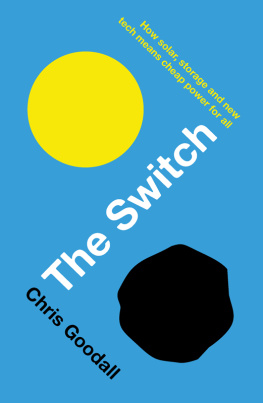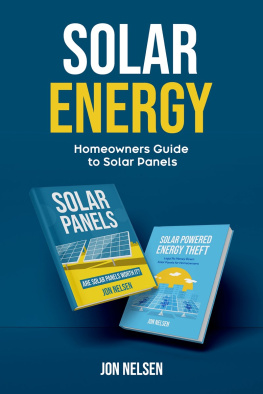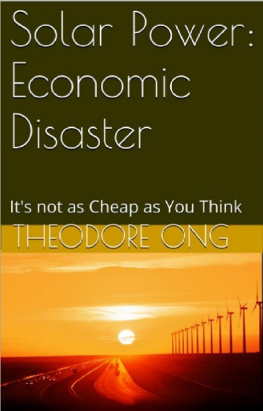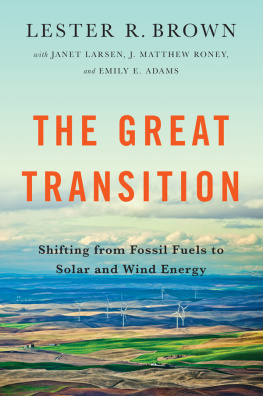Chris Goodall - The Switch: How Solar, Storage and New Tech Means Cheap Power for All
Here you can read online Chris Goodall - The Switch: How Solar, Storage and New Tech Means Cheap Power for All full text of the book (entire story) in english for free. Download pdf and epub, get meaning, cover and reviews about this ebook. year: 2016, publisher: Profile Books, genre: Romance novel. Description of the work, (preface) as well as reviews are available. Best literature library LitArk.com created for fans of good reading and offers a wide selection of genres:
Romance novel
Science fiction
Adventure
Detective
Science
History
Home and family
Prose
Art
Politics
Computer
Non-fiction
Religion
Business
Children
Humor
Choose a favorite category and find really read worthwhile books. Enjoy immersion in the world of imagination, feel the emotions of the characters or learn something new for yourself, make an fascinating discovery.
- Book:The Switch: How Solar, Storage and New Tech Means Cheap Power for All
- Author:
- Publisher:Profile Books
- Genre:
- Year:2016
- Rating:4 / 5
- Favourites:Add to favourites
- Your mark:
The Switch: How Solar, Storage and New Tech Means Cheap Power for All: summary, description and annotation
We offer to read an annotation, description, summary or preface (depends on what the author of the book "The Switch: How Solar, Storage and New Tech Means Cheap Power for All" wrote himself). If you haven't found the necessary information about the book — write in the comments, we will try to find it.
How will the world be powered in ten years time? Not by fossil fuels. Energy experts are all saying the same thing: solar photovoltaics (PV) is our future. Reports from universities, investment banks, international institutions and large investors agree. Its not about whether the switch from fossil fuels to solar power will happen, but when.
Solar panels are being made that will last longer than ever hoped; investors are seeing the benefits of the long-term rewards provided by investing in solar; in the Middle East, a contractor can now offer solar-powered electricity far cheaper than that of a coal-fired power station. The Switch tracks the transition away from coal, oil and gas to a world in which the limitless energy of the sun provides much of the energy the 10 billion people of this planet will need. It examines both the solar future and how we will get there, and the ways in which we will provide stored power when the sun isnt shining.
We learn about artificial photosynthesis from a start-up in the US that is making petrol from just CO2 and sunlight; ideas on energy storage are drawn from a company in Germany that makes batteries for homes; in the UK, a small company in Swindon has the story of wind turbines; and in Switzerland, a developer shows how we can use hydrogen to make renewable natural gas for heating.
Told through the stories of entrepreneurs, inventors and scientists from around the world, and using the latest research and studies, The Switch provides a positive solution to the climate change crisis, and looks to a brighter future ahead.
**
ReviewA highly readable book Financial Times
About the AuthorChris Goodall is a consultant and adviser to investors and companies across the fields of low-carbon energy and the circular economy. He is an academic referee for the journal Biomass and Bioenergy and his writing has appeared in the Guardian, The Ecologist and Abundance Generation. He is author of four books on energy and the environment, including Ten Technologies to Fix Energy and Climate, The Green Guide for Business and How to Live a Low-carbon Life. He lives in Oxford.
Chris Goodall: author's other books
Who wrote The Switch: How Solar, Storage and New Tech Means Cheap Power for All? Find out the surname, the name of the author of the book and a list of all author's works by series.









